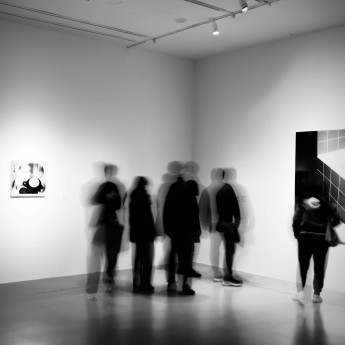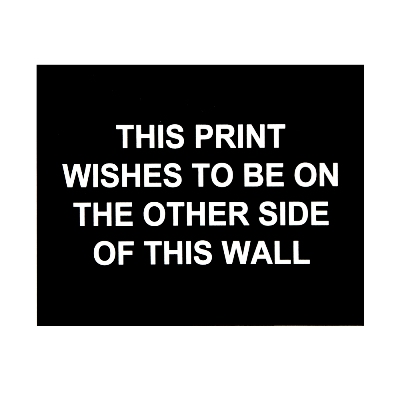
Details
Artist
Styles
Letterpress printing dipthych on Japanese paper, cut-out, collage on laid paper, each sheet hand signed, numbered and dated by the artist. // Cutting Out CONYT 4 by Lorraine O'Grady is a mixed media diptych that combines collage and letterpress printing on delicate Japanese paper. The composition includes cut-out phrases from The New York Times, assembled into poetic and thought-provoking statements. Phrases like Prophetic Vision and The Danger of Blurring Fact and Fantasy highlight O'Grady's exploration of media, identity, and cultural narratives. This piece reflects the artist's critical engagement with language and media representation, examining how fragmented phrases evoke layered meanings. Each sheet in this limited edition (12 + 1) is hand-signed, numbered, and dated, underscoring the personal touch in O'Grady's conceptual approach.
Cutting Out CONYT 4, 1977 - 2017
form
Medium
Size
106 x 76 cm
- Inches
- Centimeters
Edition
Price
- USD
- EUR
- GBP
Details
Artist
Styles
Letterpress printing dipthych on Japanese paper, cut-out, collage on laid paper, each sheet hand signed, numbered and dated by the artist. // Cutting Out CONYT 4 by Lorraine O'Grady is a mixed media diptych that combines collage and letterpress printing on delicate Japanese paper. The composition includes cut-out phrases from The New York Times, assembled into poetic and thought-provoking statements. Phrases like Prophetic Vision and The Danger of Blurring Fact and Fantasy highlight O'Grady's exploration of media, identity, and cultural narratives. This piece reflects the artist's critical engagement with language and media representation, examining how fragmented phrases evoke layered meanings. Each sheet in this limited edition (12 + 1) is hand-signed, numbered, and dated, underscoring the personal touch in O'Grady's conceptual approach.
- Recently Added
- Price (low-high )
- Price (high-low )
- Year (low-high )
- Year (high-low )
What is Lettrism?
Lettrism is an art form that uses letters, words, and symbols to create artwork. The movement was established in Paris in the 1940s and later gained popularity in the 1950s in America. Lettrisme is the French spelling of the movement's name, derived from the French word for letter.

















